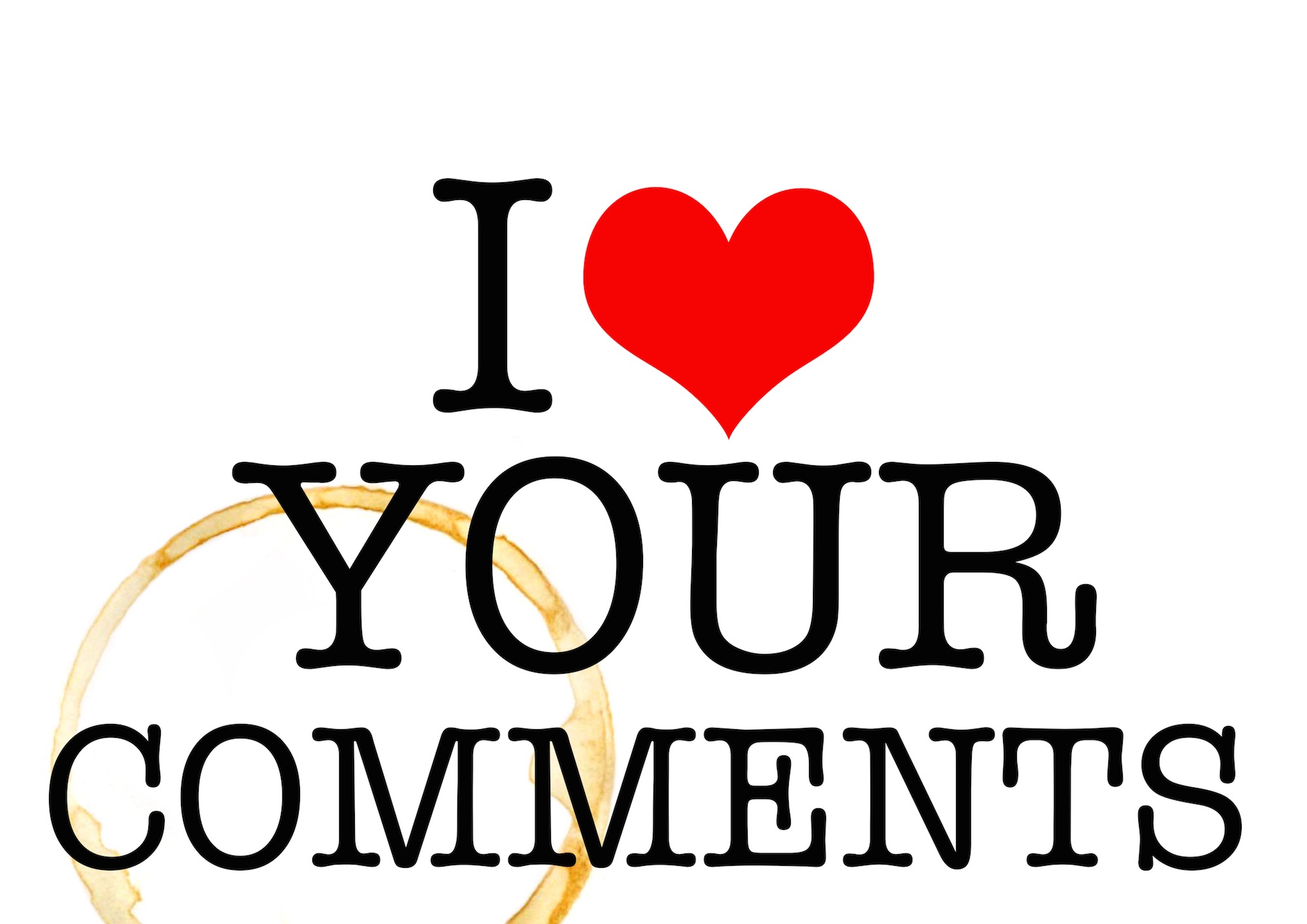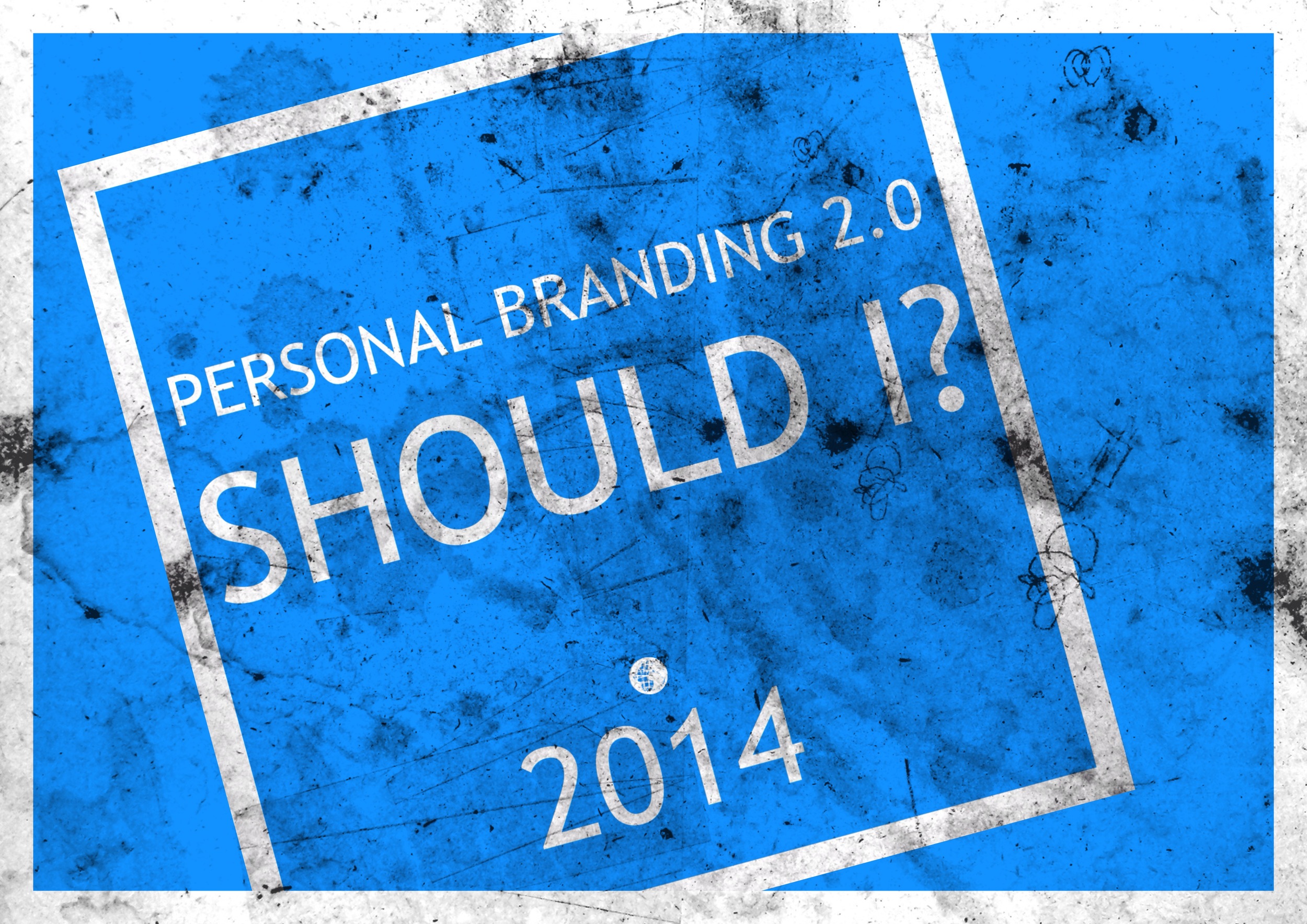You will probably get bored of hearing that people do business with people they know, like and trust! Actually I believe a better sequence would be trust, know and like, because by using social channels and especially LinkedIn we have the perfect opportunity to build trust first. I know it doesn’t roll of the tongue as well, but in my humble opinion it has to come first each and every time.
But how can you build that trust?
By being active and by being interesting and interested. With 400 million (and counting) professionals on LinkedIn it really has become super easy to find the exact and relevant contact (buyer) for you to get in front of.
And most still get it completely wrong, because most of what I see and experience on social media and especially LinkedIn are promotional posts (adverts) and impersonal invitations to connect.
Definitely not ’interesting’ and not ’interested’.
If we have a desire to see global economic revival on the planet then you need to start changing your behaviour on social media, especially LinkedIn and take a few minutes out of your busy day to think through and formulate a detailed strategy.
Here are just 3 quick things you can adopt to move in the right direction and set the right intention.
- Decide specifically and in incredible detail your ideal buyer (client). Identify the industry sector, the location, their seniority, their age, personal ambitions (assumed), interests, skills, sports team and anything else that will assist you to narrow down a shortlist of individuals. You have to become laser targeted. Being general is so from the previous century.
- Develop search and alert criteria on google, twitter and LinkedIn to explore and potentially uncover the individuals that match up with your ’ideal buyer’ profile. Keep looking daily, weekly, monthly until you become totally absorbed with who that person is, so much so that you can understand and predict their behaviour. LinkedIn is totally the best network to do much of this on, especially now with their Sales Navigator tool. It has never been a better time right now to access data for your research.
- Develop and curate appropriate and great content that will be super interesting to your ‘ideal buyer’. Over time you will develop a reputation for sharing great and ‘interesting’ content and your network will start to realise and appreciate that you are the person they are interested in learning from.
In addition LinkedIn have just released the ’Social Selling Index’ for every English speaking LinkedIn member. Have a look at my index below. You can see that this is a great measurement tool to help you and your teams drive forward and develop ’trust’ on LinkedIn. A better title would probably be the ’trust’ index.
Go ahead and grab your index via https://www.linkedin.com/sales/ssi
I have also shared below details of how the index is calculated, which confirms that by being active and developing the right strategy you will develop more trust. Trust leads to interest, interest leads to a conversation, a conversation leads to a meeting and a meeting leads to business.
"Taken from LinkedIn's Sales Navigator support section as at August 2015"
Just imagine if LinkedIn professionals focussed on getting their index higher they automatically will be seen more, develop more trusting relationships on LinkedIn, gain greater exposure and develop more opportunities.
Now just think for a moment, if just 1% of the 400 million LinkedIn members adopted a great professional approach for developing their network, do you think this would make a difference to the economic prosperity of individuals around the world?
By you and I changing the way we behave on social channels, especially on LinkedIn, I believe we would collectively have a major impact on the global economy. Not just by developing better and closer relationships with our networks but also by growing our enterprises, whether we are micro, small, medium or a large enterprise.














































